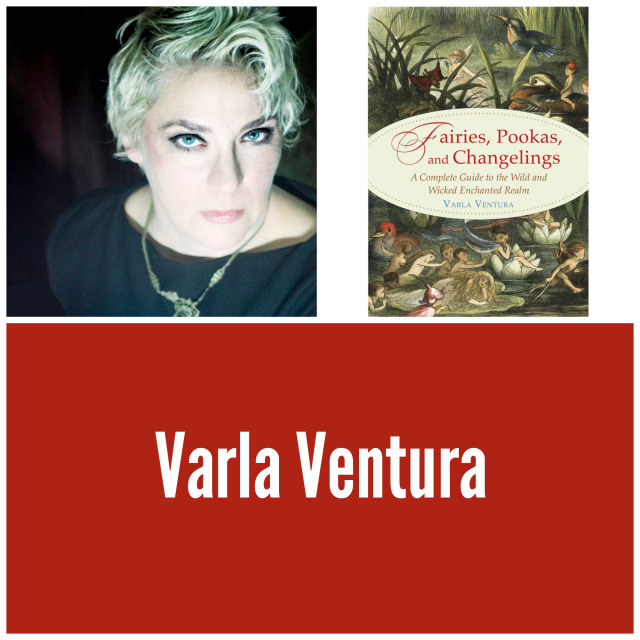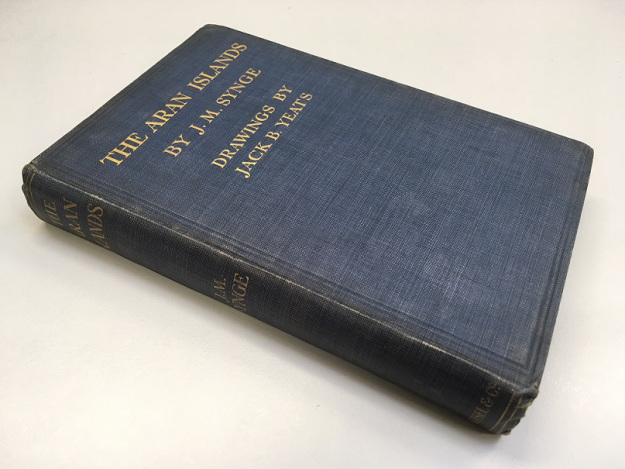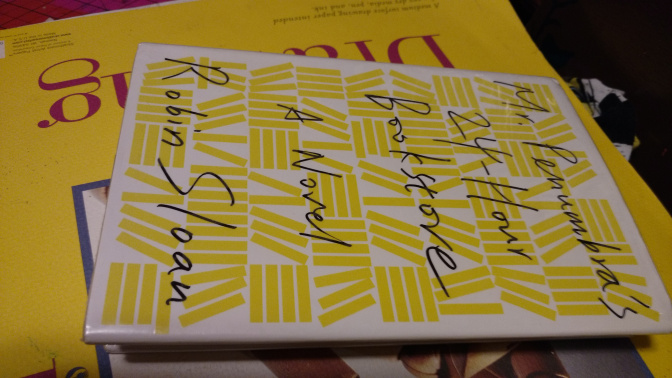 I’ve had this book on my shelf for over a year. Whenever I finish a book and am trying to decide what to read next I always pick it up and read the blurb, then put it back down again, thinking that I’m not in the mood to read a 500-and-something page book about WWII. It’s daunting and I want something a bit lighter.
I’ve had this book on my shelf for over a year. Whenever I finish a book and am trying to decide what to read next I always pick it up and read the blurb, then put it back down again, thinking that I’m not in the mood to read a 500-and-something page book about WWII. It’s daunting and I want something a bit lighter.
But just before Christmas I finally decided that it had been sitting unread for long enough, and my God did I regret not opening it sooner.
All The Light We Cannot See follows the lives of Marie-Laure, a blind girl living in Paris with her father, the locksmith at the Museum of Natural History, and Werner Pfennig, a German orphan with a knack for fixing radios.
When the Nazis occupy Paris, Marie-Laure and her father flee to the walled city of Saint-Malo where her reclusive great-uncle lives. Unbeknownst to Marie-Laure, her father is carrying one of the museum’s most valuable jewels, a jewel that the Nazis are searching for.
In Germany, Werner’s talents are discovered and he is sent to a Hitler Youth Academy, saved, in his eyes, from his fate of joining the mines, and dying like his father.
The story weaves through the lives of both of these children, jumping from the beginning of the war to the present day with ease, and I have to say, it’s one of the most amazing books I have read in a long time.
 Anthony Doerr’s writing is so beautiful that it’s impossible not to fall in love with this book. His descriptions are so evocative and sensory; you can taste the salt in the sea breeze and feel every mollusk and snail shell as Marie-Laure feels around the beach.
Anthony Doerr’s writing is so beautiful that it’s impossible not to fall in love with this book. His descriptions are so evocative and sensory; you can taste the salt in the sea breeze and feel every mollusk and snail shell as Marie-Laure feels around the beach.
You also feel the claustrophobia and fear from Werner as he is trapped in a flattened hotel with only a bucket of old paint water to drink from. It’s impossible not to become engrossed in these characters.
This isn’t just another WWII story either, so don’t be put off by thinking you’re just going to be depressed. It’s a coming-of-age story for these two children who have to deal with so much that people their age shouldn’t have to.
Werner is thrust into the army two years before he is actually old enough because of his ability to fix and use radios. Marie-Laure has to learn her way around a world she can’t see and finds it difficult to understand.
These are unique perspectives from which to see a story that’s been told so many times before, and that’s one of the things the title of the book refers to. The light we cannot see are the stories we don’t know from the war, the stories of ordinary children trying to live their lives among the devastation.
It also shows a different detail about the effect of the Nazis. It’s not just about how monstrous they were to the rest of the world, but how monstrous they were to their own people, the Germans. And how monstrous they turned the German people into. Werner learns this himself when he can no longer rationalise what he is doing by saying it’s just a task in the schoolyard.
I’m sure there’s plenty I missed in this book because I was so absorbed in the story that I wasn’t paying attention to its nuances. Ah well, I suppose it just means I’ll have to go back and read it again. And you definitely should too, don’t put it off like I did.
Share this:




